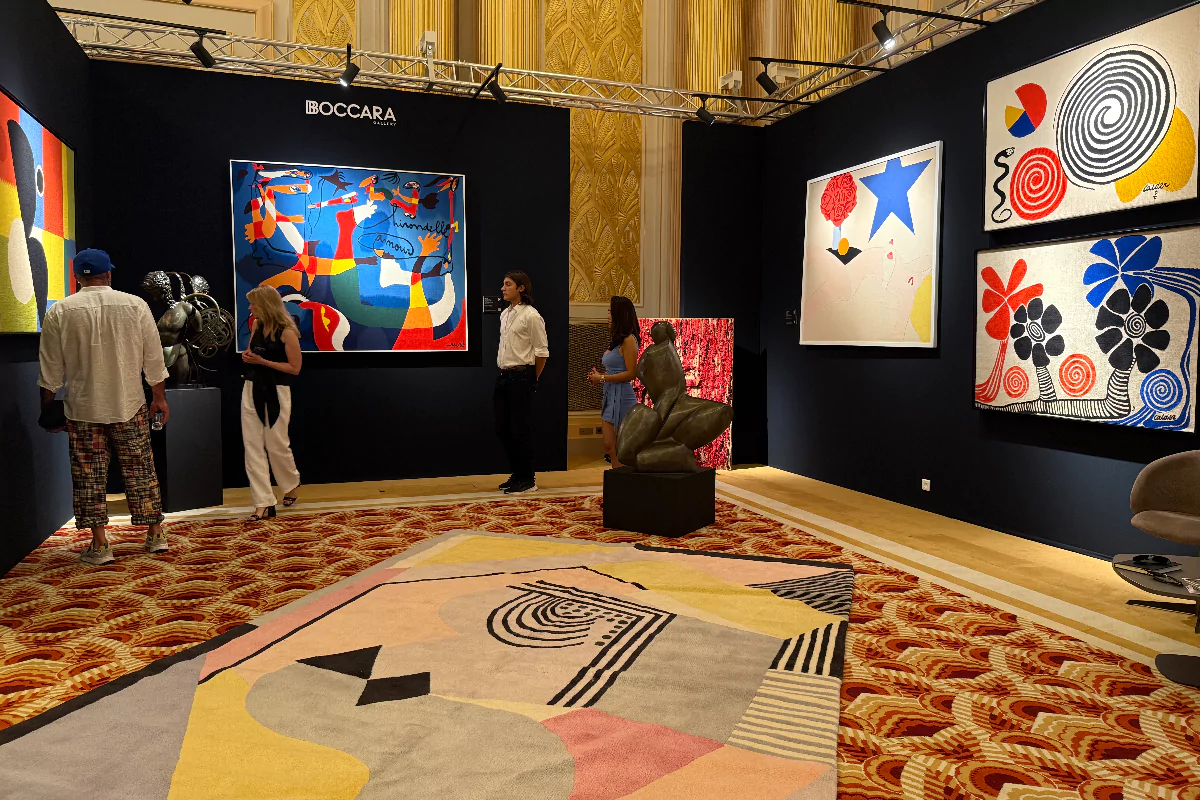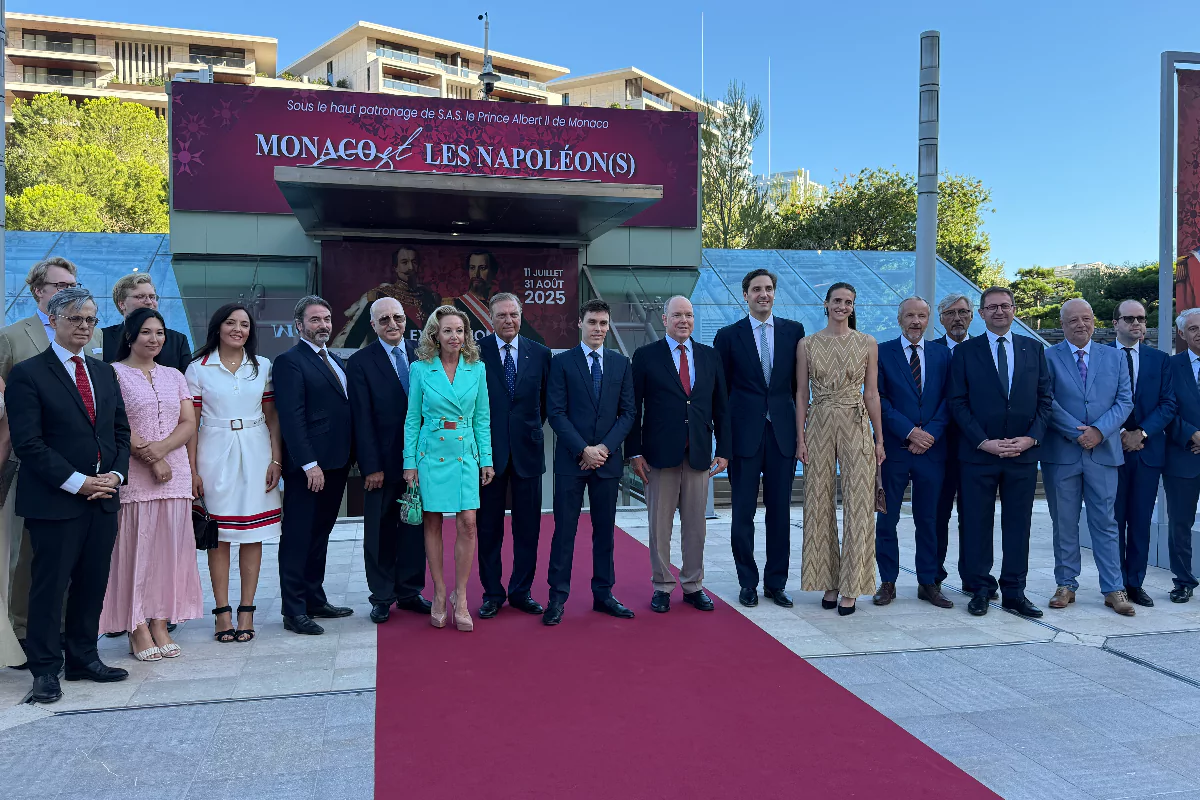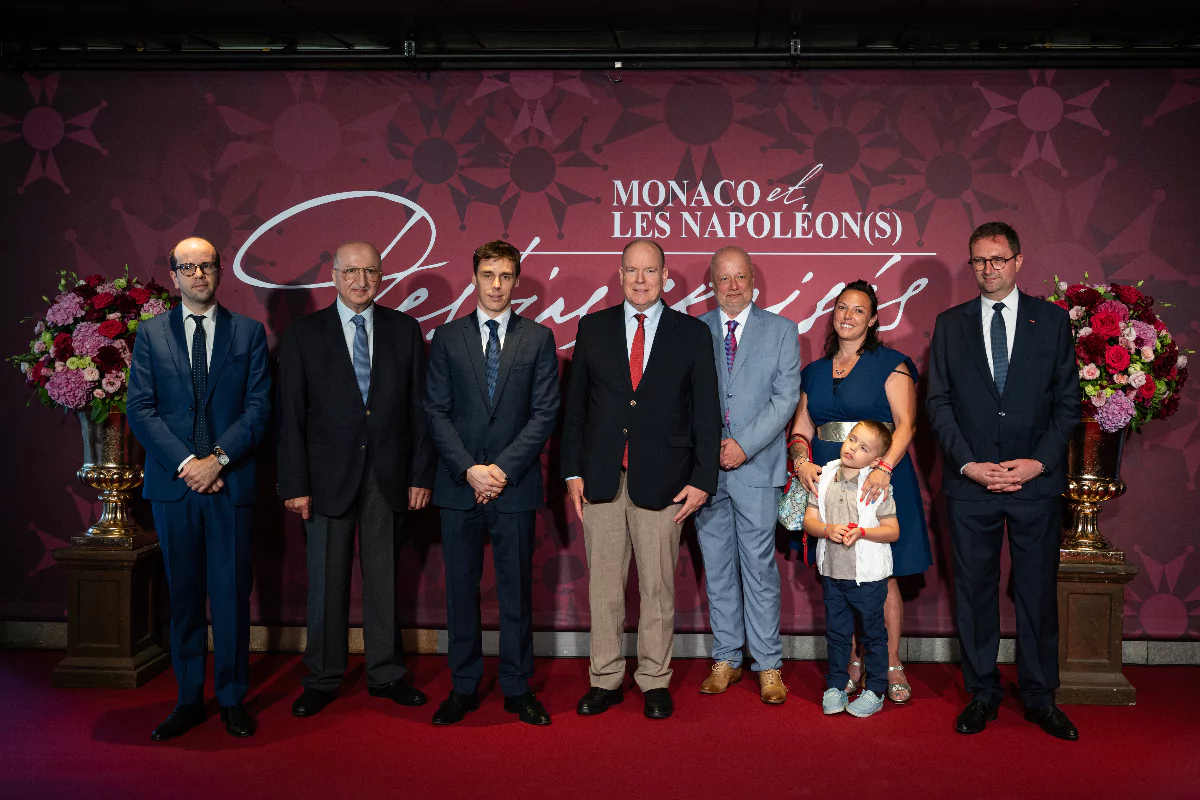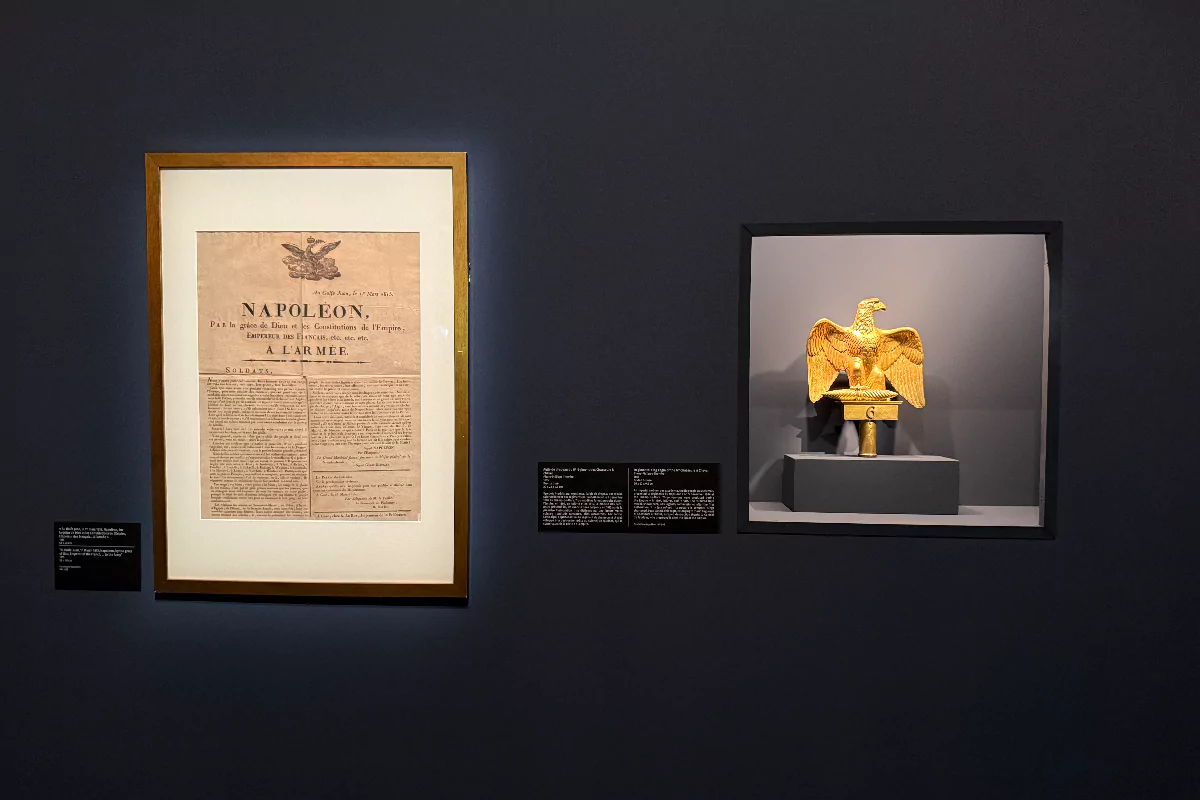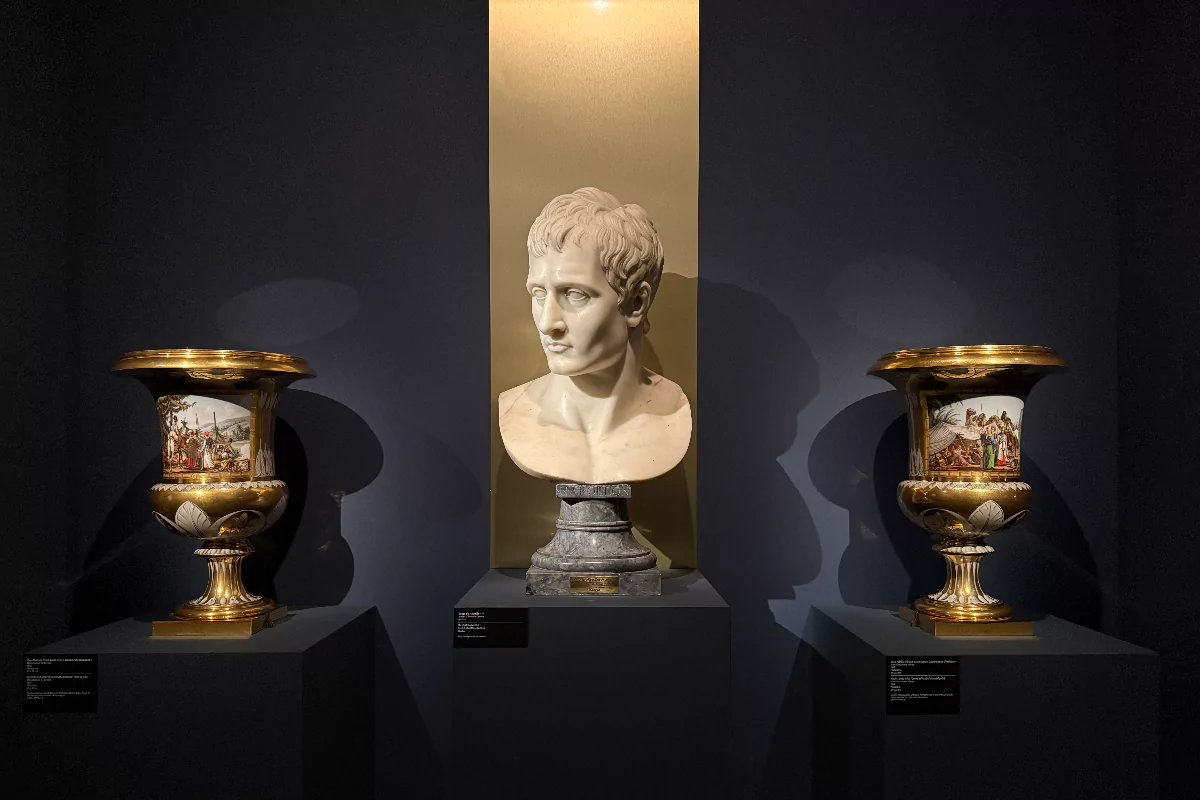One Masters Monaco launched its inaugural edition on 9th July, brining together art dealers, renowned artists and high-end jewellery houses in a private salon at One Monte-Carlo.
The three-day event held during Monaco Art Week was hosted by Art and Jewels of the World in the Salle des Art and Jean Cocteau rooms.
Organiser Valentina Vasileva, owner of Art and Jewels of the World, drew on over a decade of experience in international art fairs to create what she describes as a “boutique style collector’s concept”.
“We’ve been organising similar events since 2013, including an art and jewellery fair in Baku for ten years,” Vasileva said to Monaco Life. “However this is the first time we’re mixing art, design, and jewellery through a certain angle—not just holistically, but in dialogue, with a special message.”
The invitation-only event featured 14 galleries, dealers and jewellery houses, creating what Vasileva described as a networking environment for art collectors, professionals and enthusiasts.
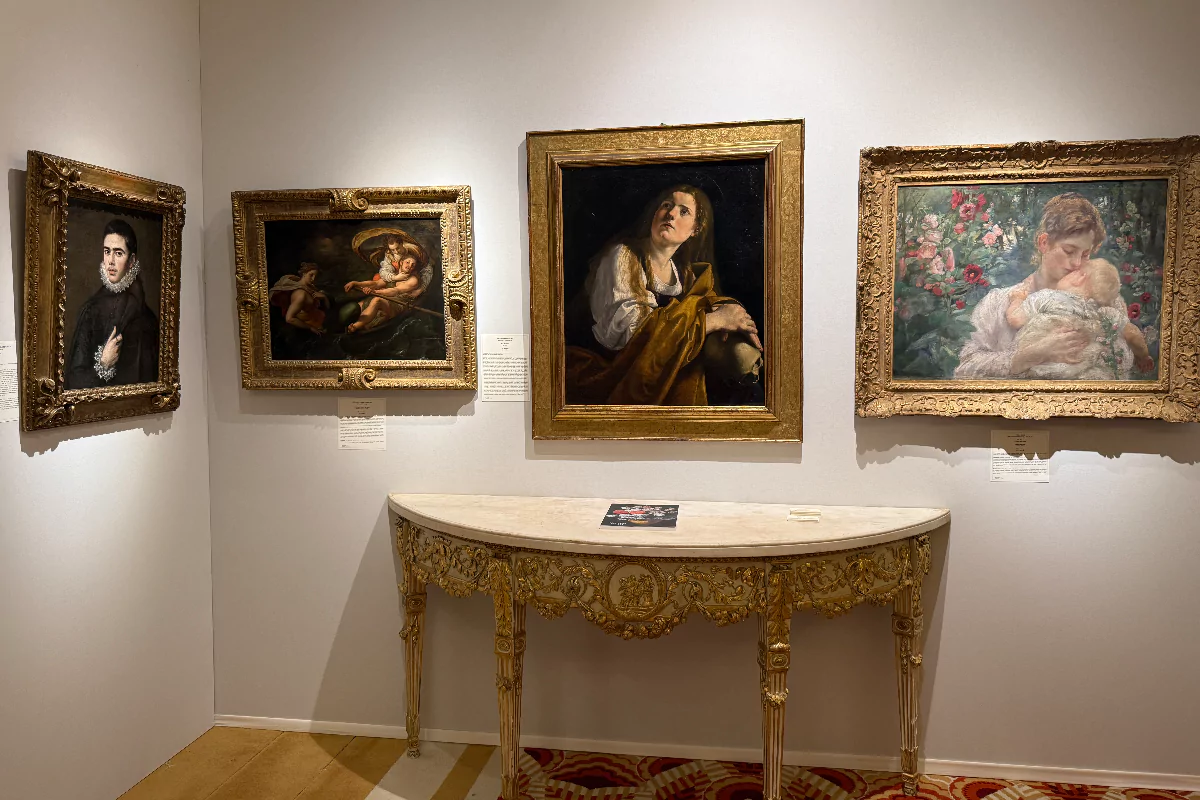
The spacious foyer featuring works by Salvador Dali, Marino Marini and Pablo Artchugarry, while Marine Abramović’s latest digital project was showcased on a large screen overlooking the exhibition.
The participating galleries varied from Monaco-based M.F Toninelli Art Moderne to Geneva’s CKS Gallery and New York’s Boccara Gallery. London platform TAEX brought NFTs by established artists, while designers Hom Le Xuan and David Bitton presented exclusive creations.
Rouvenat revives historical jewellery house
Among the luxury jewellery houses, Rouvenat stood out for its unique approach to sustainable luxury. The maison’s CEO Marie Berthelon, who spent 20 years at Cartier before launching her brand, has revived the forgotten 19th-century jeweller Léon Rouvenat.
“Léon Rouvenat was a great jeweller in the nineteenth century,” Barthelon explained to Monaco Life. “In 1851, he created the very first jewellery manufacturer in the world. For over thirty years, he was the absolute reference in jewellery, creating pieces for Empress Eugénie and the Shah of Persia. But when he died in 1878, he had no heir, and his name was completely forgotten.”
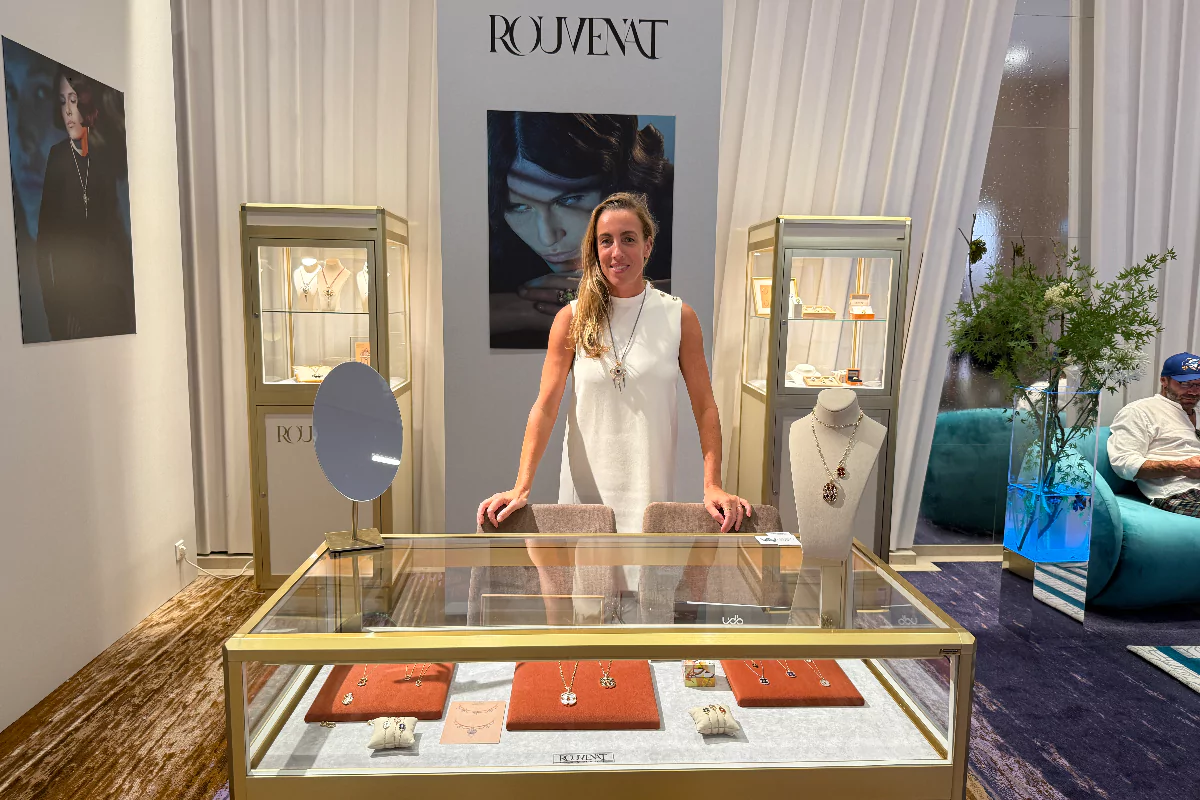
Berthelon discovered Rouvenat’s archives sleeping in a Parisian bookstore. The design, emblematic of the Second Empire yet contemporary, inspired her to launch what she calls “circular jewellery.”
“My idea was to create new things from ancient materianls,” she said. “We use recycled gold, recycled silver, and most importantly, vintage stones—ancient stones that sleep in the safes and vaults of auction houses, old creations, your grandmother’s jewellery.”
The event, which Vasileva plans to make annual, reflects her company’s evolution from organising large international art fairs to more curated, intimate experiences for discerning collectors
Stay updated with Monaco Life: sign up for our free newsletter, catch our podcast on Spotify, and follow us across Facebook, Instagram, LinkedIn, and Tik Tok.
Main photo by Monaco Life
